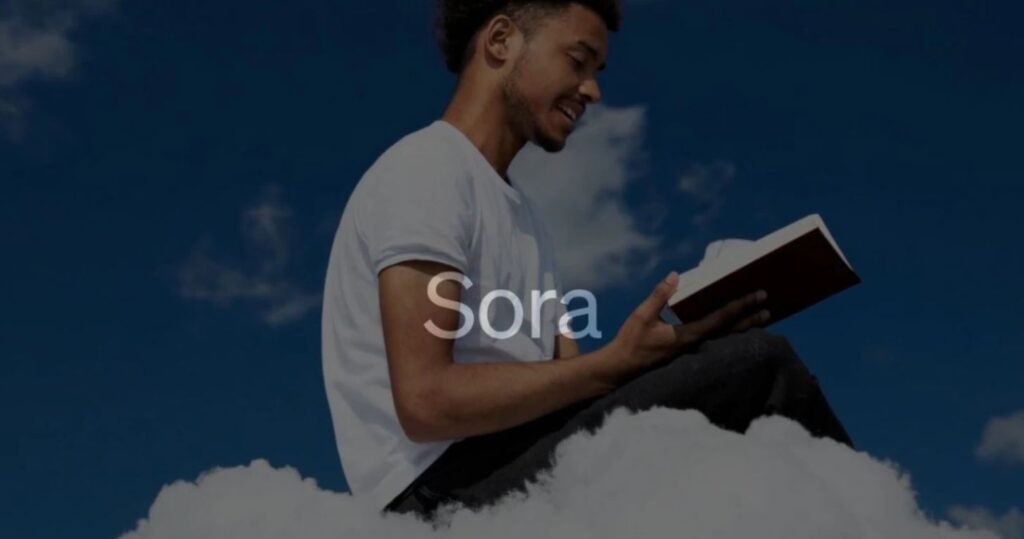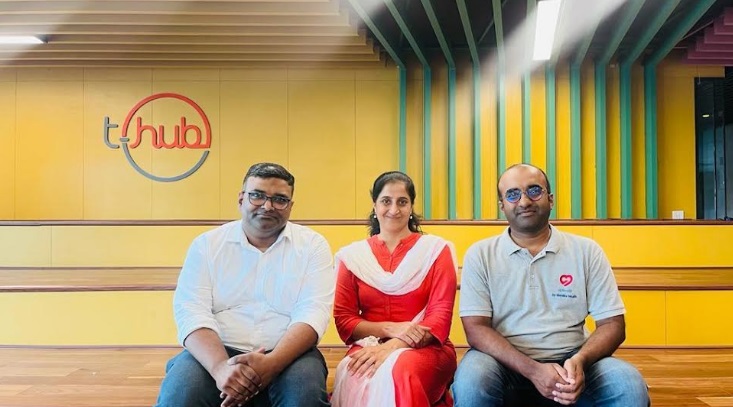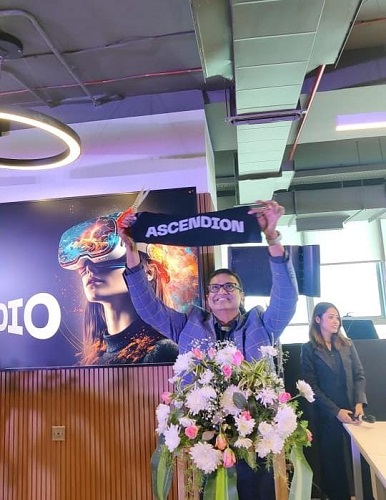- On Monday, OpenAI released a desktop version of ChatGPT, their well-known chatbot, along with a new AI model.
- GPT-4o is the new model’s name.
- OpenAI technology leader Mira Murati stated during a livestreamed event, “This is the first time that we are really making a huge step forward when it comes to the ease of use.”
OpenAI on Monday launched a new AI model and desktop version of ChatGPT, along with an updated user interface, the company’s latest effort to expand use of its popular chatbot.
Ranbir Kapoor’s ‘Ramayana’ Becomes India’s ‘Most Expensive’ Film Yet with $100 MILLION Budget
The update brings GPT-4 to everyone, including OpenAI’s free users, technology chief Mira Murati said in a livestreamed event. She added that the new model, GPT-4o, is “much faster,” with improved capabilities in text, video and audio. OpenAI said it eventually plans to allow users to video chat with ChatGPT.
“This is the first time that we are really making a huge step forward when it comes to the ease of use,” Murati said.
OpenAI, backed by Microsoft
, has been valued by more than $80 billion by investors. The company, founded in 2015, is under pressure to stay on top of the generative AI market while finding ways to make money as it spends massive sums on processors and infrastructure to build and train its models.
The o in GPT-4o stands for omni. The new model allows ChatGPT to handle 50 different languages with improved speed and quality, and it will also be available via OpenAI’s API making it possible for developers to begin building applications using the new model today, Murati said.
She added that GPT-4o is twice as fast as, and half the cost of, GPT-4 Turbo.
Mr & Mrs Mahi Director Sharan Sharma Drops Pics Of Janhvi Kapoor Cricket Journey, Latter Reacts.
OpenAI team members demonstrated the new model’s audio capabilities, for example, asking it to help calm someone down ahead of a public speech. OpenAI researcher Mark Chen said the model is able to “perceive your emotion,” adding the model can also handle users interrupting it. The team also asked it to analyze a user’s facial expression to comment on the emotions the person may be experiencing.
“Hey there, what’s up? How can I brighten your day today?” ChatGPT’s audio mode said when a user greeted it.
The company plans to test Voice Mode in the coming weeks, with early access for paid subscribers to ChatGPT Plus, according to a blog post. OpenAI also said the new model can respond to users’ audio prompts “in as little as 232 milliseconds, with an average of 320 milliseconds, which is similar to human response time in a conversation.”
Chen demonstrated the model’s ability to tell a bedtime story and asked it to change the tone of its voice to be more dramatic or robotic. He even asked it to sing the story.
In addition, OpenAI’s new model can function as a translator, even in audio mode, the company said. Chen demonstrated the tool’s ability to listen to Murati speaking Italian while he spoke English and to translate into their respective languages as they conversed.
Team members also demonstrated the model’s ability to solve math equations and help write code, positioning it as a stronger competitor to Microsoft’s own GitHub Copilot.
For OpenAI, the launch was one of the company’s biggest announcements since the August kickoff of ChatGPT Enterprise, the AI chatbot’s business tier. That tool was in development for “under a year” and had the help of more than 20 companies of varying sizes and industries, OpenAI Chief Operating Officer Brad Lightcap told CNBC at the time.
Indian Army Officer Killed in Strike on UN Vehicle in Rafah.
OpenAI, Microsoft and Google are at the helm of a generative AI gold rush as companies in seemingly every industry race to add AI-powered chatbots and agents to key services to avoid being left behind by competitors. Earlier this month, OpenAI rival Anthropic announced its first-ever enterprise offering and a free iPhone app.
A record $29.1 billion was invested across nearly 700 generative AI deals in 2023, an increase of more than 260% from the prior year, according to PitchBook. The market is predicted to top $1 trillion in revenue within a decade.
Some in the industry have raised concerns about the speed at which untested new services are coming to market, and academics and ethicists are distressed about the technology’s tendency to propagate bias.
After ChatGPT’s launch in November 2022, it broke records at the time as the fastest-growing consumer app in history, and now has about 100 million weekly active users. OpenAI says that more than 92% of Fortune 500 companies are using the platform.
Murati said during the Monday event that OpenAI wants to “remove some of the mysticism from the technology.”
“Over the next few weeks, we’ll be rolling out these capabilities to everyone,” she said.
The new model will first roll out on Tuesday to customers of ChatGPT Plus and Team, and then to Enterprise later, a blog post on Monday said. It will also be available to free users of ChatGPT starting Monday, with usage limits. Users of ChatGPT Plus will have five times more message capacity than free users, and clients of ChatGPT Team and Enterprise will have even greater usage limits.
Murati concluded the livestreamed event by thanking Nvidia CEO Jensen Huang and his company for providing the necessary graphics processing units (GPUs) to power OpenAI’s technology.
“I just want to thank the incredible OpenAI team, and also thanks to Jensen and the Nvidia team for bringing us the most advanced GPUs to make this demo possible today,” she said.












